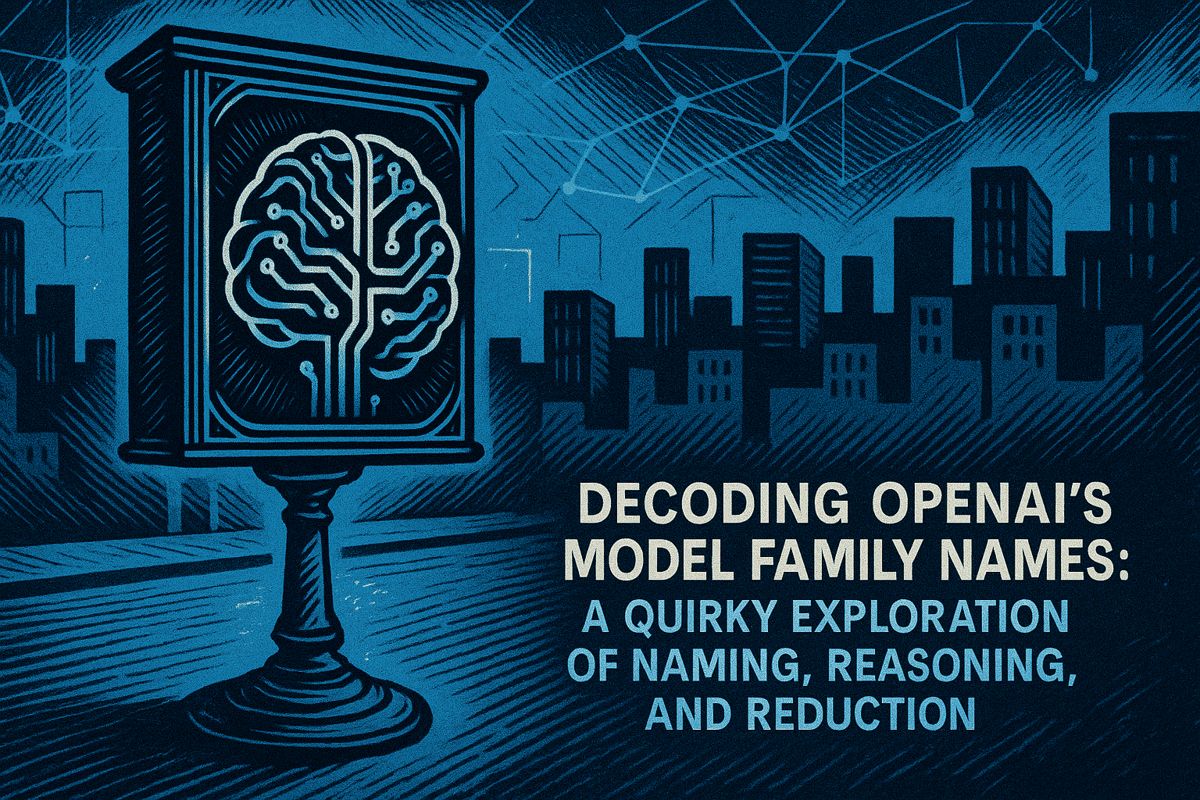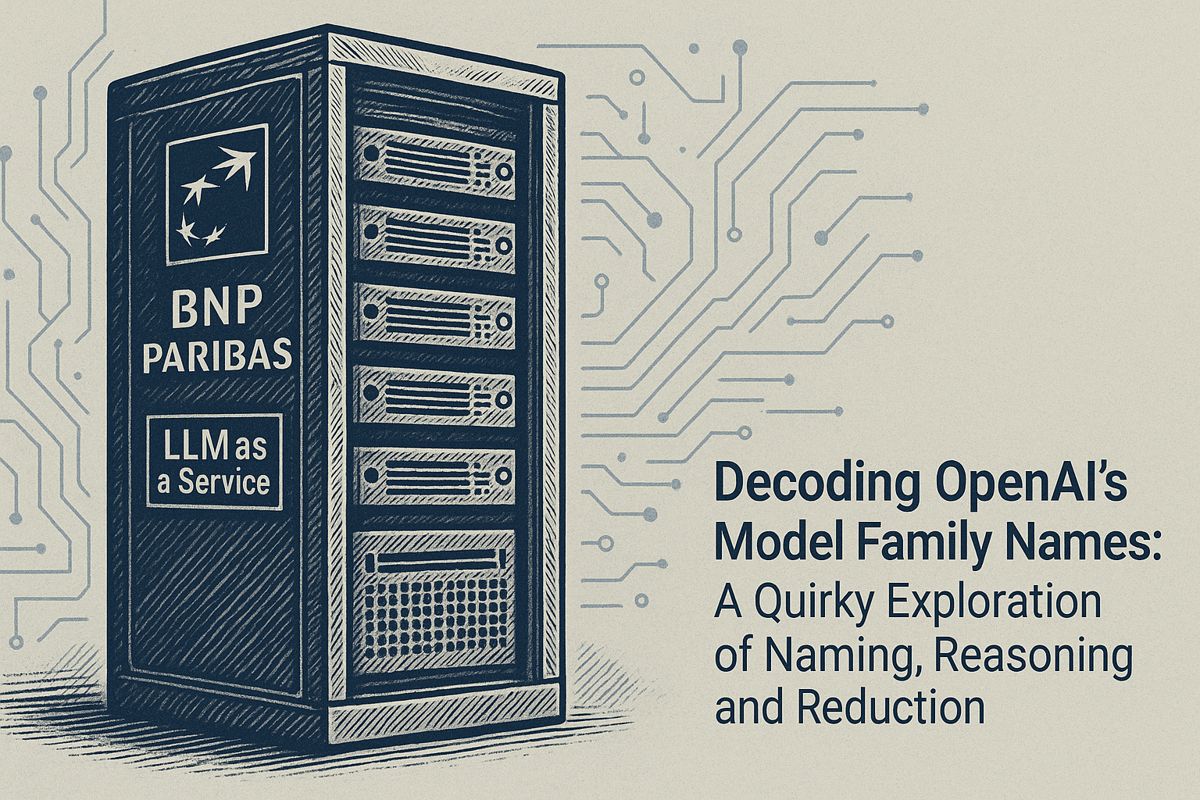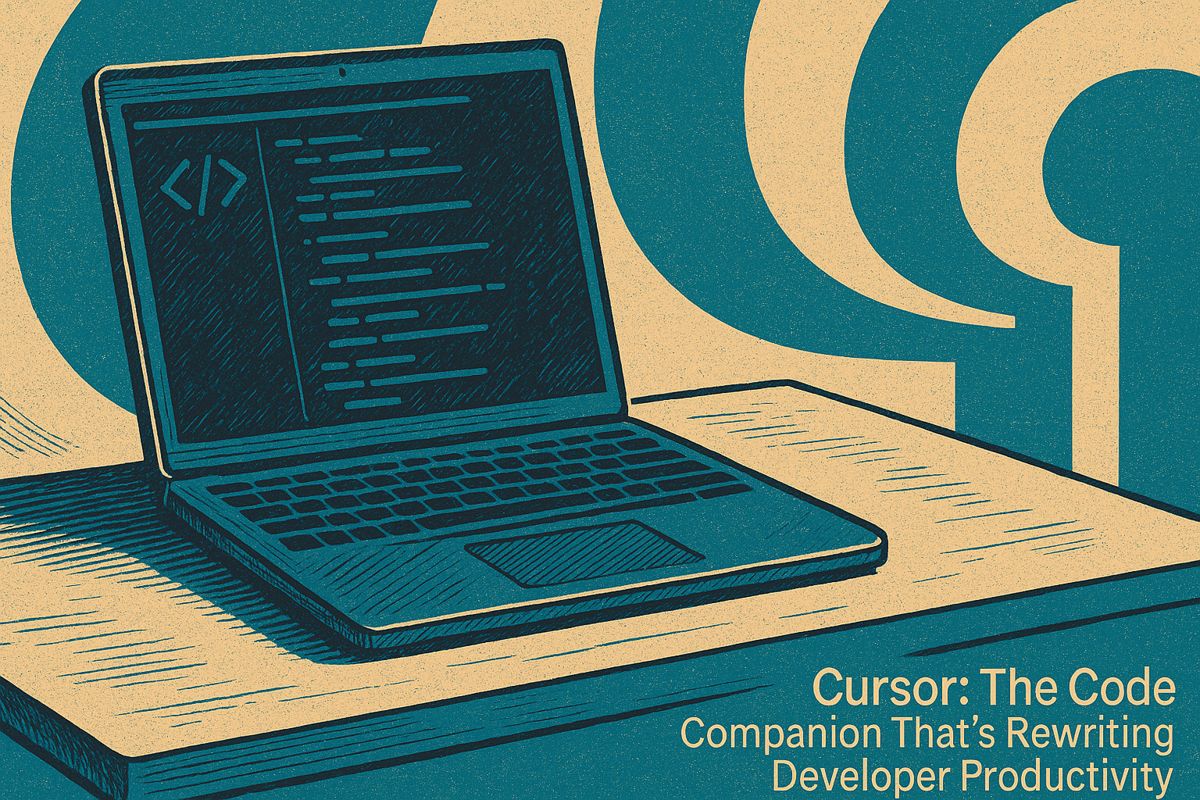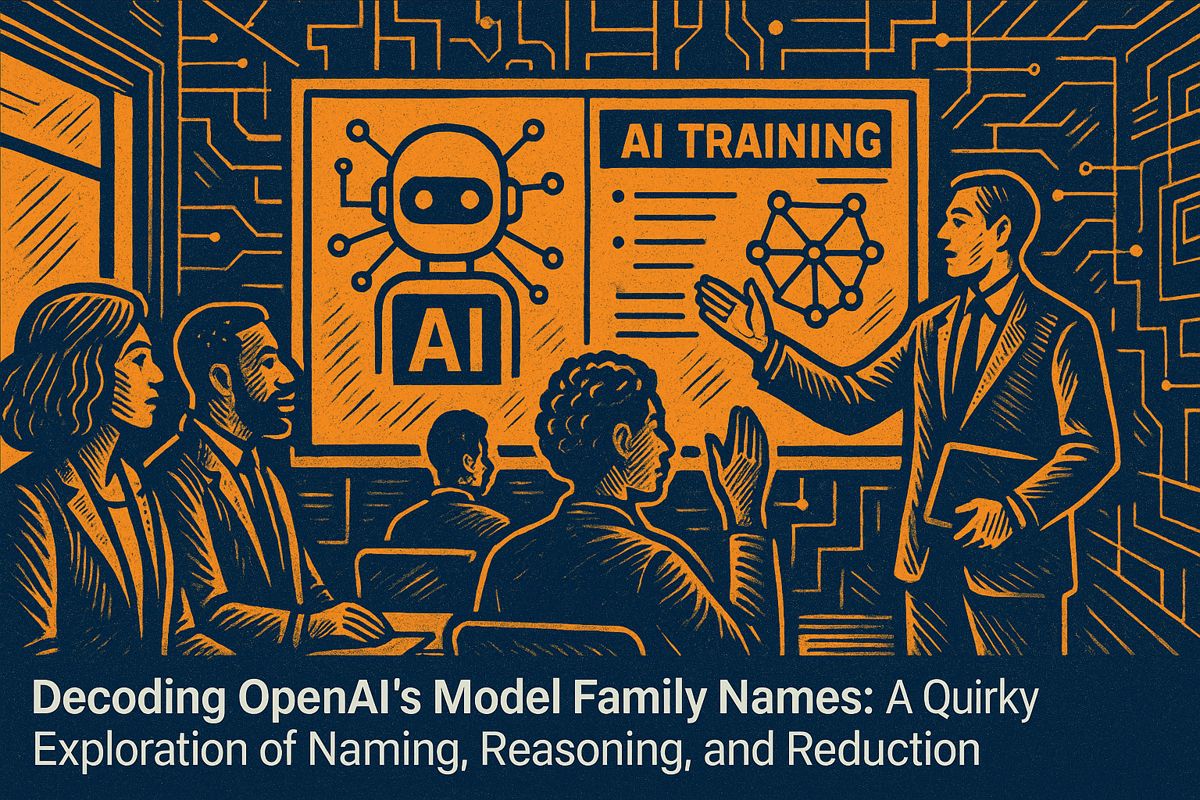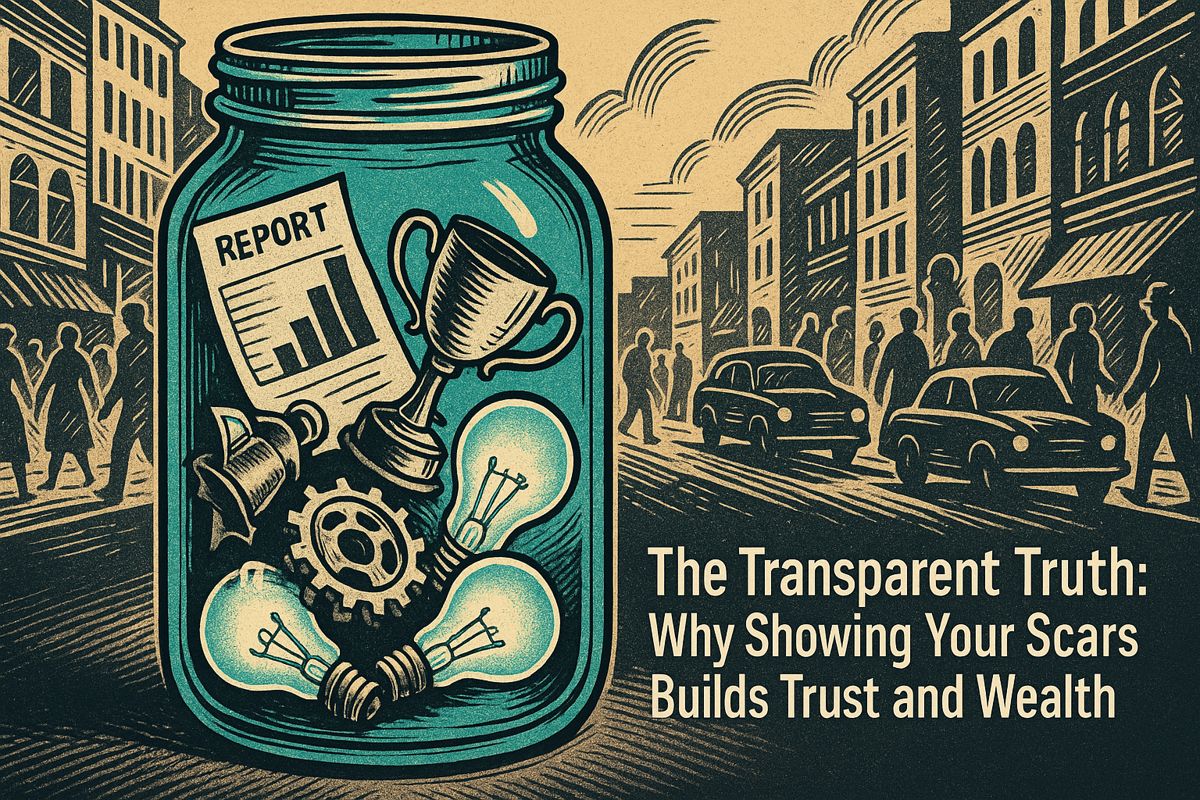Here’s the text with the most important phrase emphasized in markdown bold:
Cassie Kozyrkov warns that current AI capabilities are just the beginning, representing “the floor, not the ceiling” of technological potential. Organizations must quickly adapt, invest in talent, and develop a coordinated approach to AI or risk being left behind by rapid technological transformation. The real barriers to AI adoption aren’t just technical, but cultural, requiring companies to align their teams and understand AI’s true potential as an “exoskeleton for the mind.” Companies that wait or remain complacent will find themselves struggling to catch up as the technology continues to advance at breakneck speed. The key message is simple: embrace AI now, or risk becoming obsolete in a rapidly changing technological landscape.
What is Cassie Kozyrkov’s Key Warning About AI Adoption?
Cassie Kozyrkov warns organizations that AI represents “the floor, not the ceiling” – meaning current AI capabilities are just the beginning. Companies must rapidly adapt, invest in talent, and develop a coordinated approach or risk being left behind by technological transformation.
A Sudden Pause
This morning, as I scrolled through LinkedIn with one eye half-open, a post about Cassie Kozyrkov stopped me cold. The phrase she used – “the floor, not the ceiling” – lodged itself in my thoughts like a pebble in your shoe, sharp and impossible to ignore. Immediately, I flashed back to that day a few years ago when I watched a whole department at a former employer get walloped by a tech surprise they never saw coming. No time for wishful thinking, just a sinking, metallic taste in my mouth: you never really see the next wave until it’s already broken over you.
I’ve seen it firsthand. Not ancient history, either – more like 2019. A senior leader in the company waved off cloud tech, convinced she could wait it out. Then, almost overnight, her competitors leapfrogged ahead. Catching up wasn’t just hard; it was nearly impossible. Employees started eyeing the exits, looking for somewhere that actually cared about tomorrow. I’m sure I wasn’t the only one who felt a bit of panic – or, let’s be honest, a pinch of schadenfreude.
What’s so striking about Kozyrkov’s advice is how it slices past the hype and stares straight at the risk I witnessed: technology is only half the story. People – their ambitions, their loyalty, even their boredom – make up the other half. It’s not just about robots replacing jobs. It’s about the human urge to not get left behind.
Cassie Kozyrkov’s “Floor” and the Looming Gap
Let’s get concrete for a minute, since hand-waving is no substitute for reality. Cassie Kozyrkov, a trailblazer in the field of Decision Intelligence and Google’s first Chief Decision Scientist, keeps repeating a phrase that should be graffitied on every conference room wall: this is the floor, not the ceiling. She helped steer Google into AI-first territory and has advised everyone from NASA to Gucci, so I tend to listen a bit closer than usual.
Here’s what’s happening: AI isn’t crawling along, it’s sprinting. The technology is galloping ahead, while most organizations are shuffling their feet, distracted by legacy systems and office politics. According to Kozyrkov, the gap between what AI can do and what most companies actually adopt is widening by the month. The numbers aren’t just illustrative–her AI trainings at Google were so popular, they had to hand out seats by lottery.
But here’s the kicker. When that adoption gap finally closes, it won’t be a gentle transition. It’ll snap shut, without so much as a polite warning. Remember that “future shock” sensation, when change comes too quickly for comfort? It’s coming for any organization that mistakes today’s tools as the endpoint. I’ve seen that look before: eyes wide, door already closed.
Decision Intelligence and Culture: The Real Barriers
Kozyrkov’s philosophy isn’t just technical, it’s almost poetic. She describes AI as an exoskeleton for the mind: not just a set of gears and wires, but a way to stretch human creativity and intellect beyond what you’d think possible. I picture a chess grandmaster’s brain, augmented with a library of endgame patterns – cool, meticulous, almost humming with potential.
And yet, talent walks out the door if the culture sours. I learned that the hard way, once dismissing culture as a fuzzy “nice to have.” Big mistake. The real roadblock to AI adoption, Kozyrkov says, isn’t the technology itself; it’s the meetings filled with vague jargon, where “AI” means something different to everyone. The fix? Get everyone on the same page – level-set, as she’d say – so the company moves as a single, coordinated organism.
There’s a certain anxiety that comes with all this, but also a jolt of excitement. If you’re leading a team, the message is clear: invest in your people now, or risk seeing the most ambitious ones slip away like sand through a sieve. It’s almost funny, in a dark way, how quickly organizations pivot from “AI is hype” to “Why are we suddenly behind?”
Looking Up: Don’t Wait for the Sky to Lower
So here’s the final nudge – and a confession. I used to think it was fine to wait for the next big thing to prove itself. Sometimes, I still wake up wondering if I’m missing the next wave out of sheer comfort. But as Kozyrkov’s metaphor keeps echoing in my head – this isn’t the ceiling, only the floor – I’m reminded to keep my shoes laced.
The air around these changes is charged, almost ozone-sharp. Will your company (or your own career, for that matter) climb up before the ceiling turns into someone else’s floor? It’s a question I keep asking, even if the answer is slippery.
So, if you hear someone muttering that AI can wait, you might want to repeat Kozyrkov’s line back to them. After all, those who pause at the floor might just find themselves staring longingly at a skylight they can no longer reach.
Oops. There I go again, drifting into metaphor. But maybe that’s what it takes to keep from falling asleep at the wheel…

